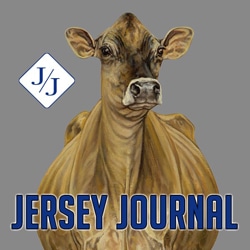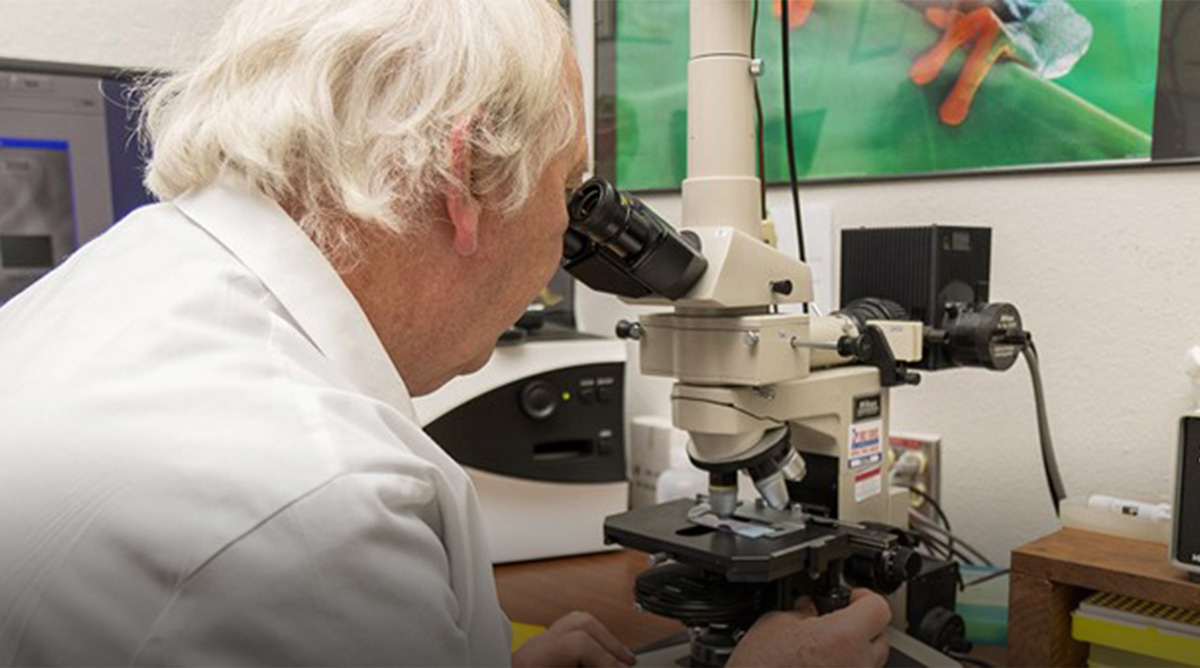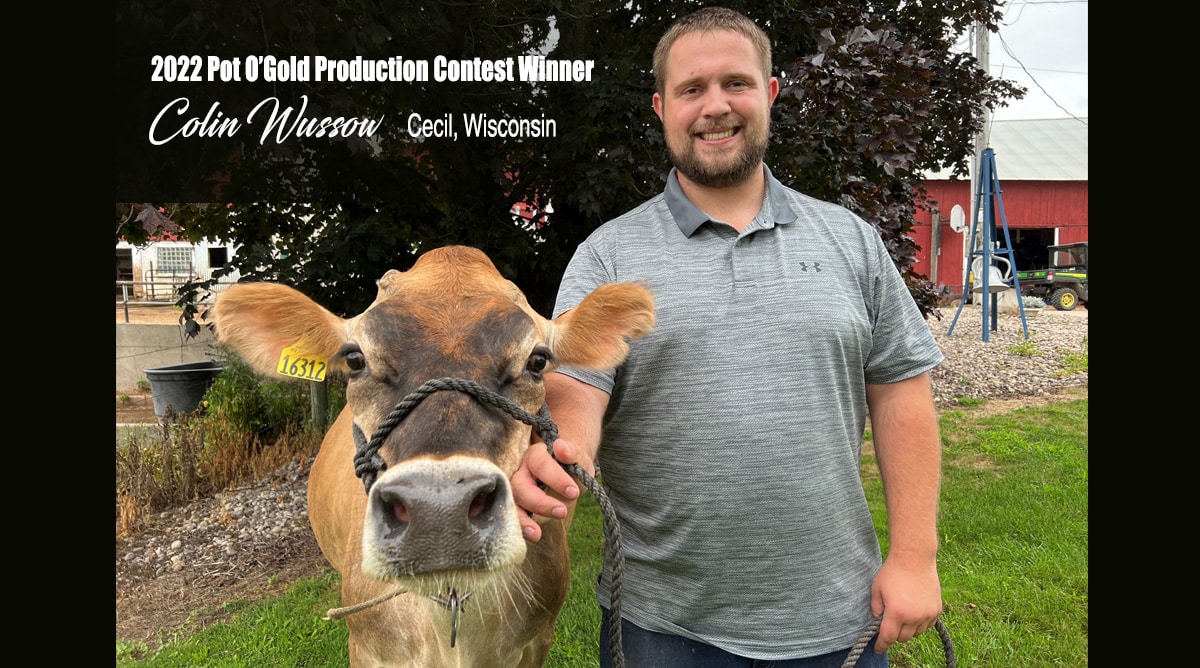Jersey Research Impacts Fertility Treatment
Have you ever noticed the similarities between human and animal sciences? Can research in one field be applied to the other and produce the same results?
This is the theory that Dr. Samuel Prien, Ph.D., recently tested after looking at the viability of freezing Jersey embryos and how it relates to in-vitro fertilization (IVF).
Dr. Samuel Prien, Ph.D. has been at Texas Tech University, Lubbock, Texas, for over 30 years. He is a professor in the Department of Obstetrics and Gynecology and holds a joint faculty appointment with the Department of Animal Sciences. Through research in humans and animals, Dr. Prien has discovered that a theory in one species can often be applied to another. This led to Jersey embryos affecting how human IVF is practiced.
Dr. Prien has always operated under the motto of “do something that you already do, but make it better.” In the mid-2000s, he was asked to attend an event in Dalhart, Texas. At this event, he was introduced to the difficulty Jersey producers face when attempting to freeze Jersey embryos. As of 2007, Jersey frozen embryos resulted in fewer pregnancies when compared to Holstein embryos. He wondered if this was related to the high fat content in Jersey milk; he thought maybe there was in increase in lipid (fat) content in the embryos as well. This led him to the AJCC Research Foundation and the Jersey cow.
The AJCC Research Foundation was established March 17, 1967, and has since allocated over $1 million in seed funds to more than 150 projects. The foundation is a 501(c)(3) non-profit organization.
“The AJCC Research Foundation has provided funding for Jersey-specific research needs,” states Cari Wolfe, Director of Research and Genetic Program Development for the American Jersey Cattle Association. “Collectively, those projects have produced knowledge untold in additional income for Jersey owners as well as preventing economic losses.”
The Research
This question was further developed into a research plan, and Dr. Prien contacted Wolfe. She encouraged Dr. Prien to write up a formal proposal and submit it the AJCC Research Foundation for grant opportunities. The first award was made in 2007 with the objective to “determine if embryos from the same species have significantly different chemical composition.” With the AJCC Research Foundation grant money, Jersey and beef cattle breed embryos were secured for embryo weight and lipid content comparison.
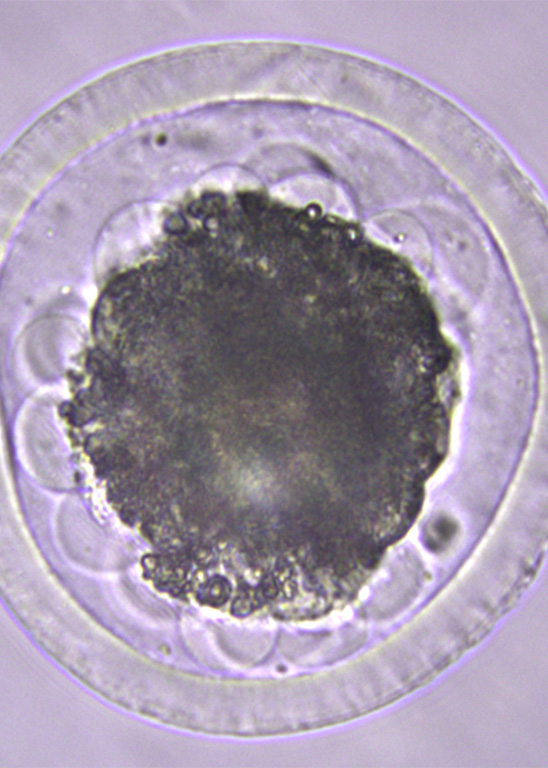
The research so far has had surprising results. Studying mice first, it was discovered that embryos from pound mice (mice that weigh more than average) did not develop as well as the embryos from the leaner mice. This translated to Jersey cattle, who have a higher fat content in not only their milk, but also their embryos.
Using an electro-balance to try and weigh the embryos, the research found that Jersey embryos are much heavier than other cattle embryos, so much so that they did not even register on the sensitive scale. Dr. Prien reflected on how his meat science colleagues weigh their carcasses, through floatation. Using this knowledge, Dr. Prien and Dr. Lindsay Penrose, Ph.D. developed a device that selects viable embryos by examining buoyance, or the embryos’ ability to float in liquid.
The device measures the rate at which embryos descend and can then rate health based on a pre-determined scale that has been established through practice. Currently, reliable curves have been established for cattle, mice, sheep, and humans. This discovery could change the dynamic of both human and veterinary medicine, allowing scientists to choose embryos for IVF with little to no risk to the embryos. They will be able to choose an embryo that is most likely to result in a pregnancy, increasing pregnancy success and increasing a producer’s bottom line.
The research team has discovered that they can use their device to rate embryos as early as zygotes (newly formed embryo) and as late as blastocysts (an embryo that is five-six days post-fertilization). Early classification can eliminate wasted time implanting unhealthy embryos.
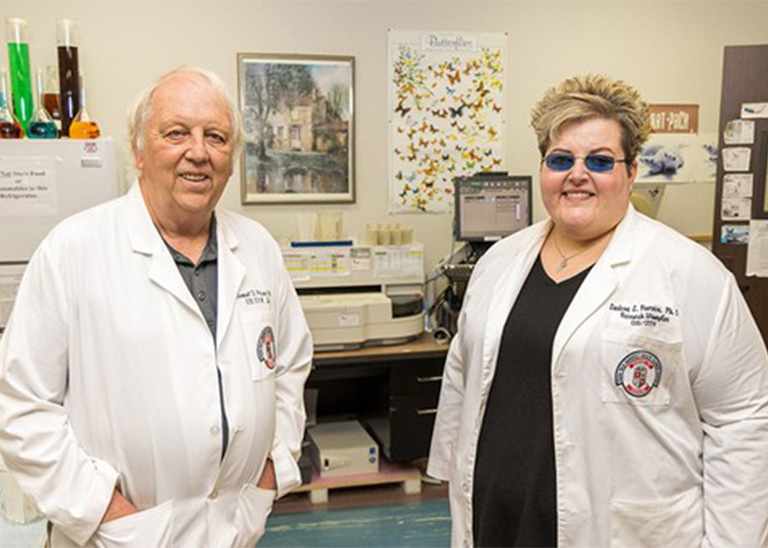
Long-term, Dr. Prien is hoping to use this research to circle back to his original goal of discovering a successful method of freezing Jersey embryos. He hopes to make the process of freezing embryos, and classifying healthy ones, simple enough for producers to do on their own farms. He also hopes to make it inexpensive so that the methods become routine in everyday life. His research is currently ongoing, as his findings have been extended to human embryology and continues today.
